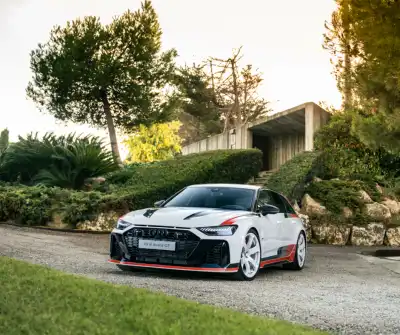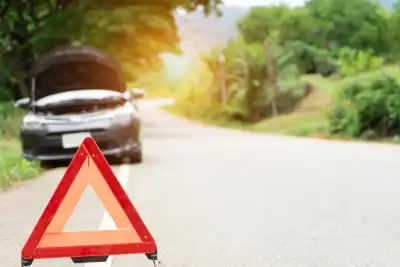
Car insurance write-offs explained: complete guide
If your car has been crashed, vandalised, or suffered another mishap it can be written-off by its insurer in one of two scenarios. Firstly, it is so badly damaged it cannot be fixed. Secondly, it can be fixed but it is uneconomical to proceed. The cost of the work is too high relative to the value of your vehicle.
Category A, B, N, S write-off
If your car has been written-off by its insurer, it has been put into a category. The write-off category defines what happens next.
| CATEGORY | CONSEQUENCE | EXAMPLE DAMAGE |
| A | The entire car has to be crushed. None of its parts can be removed and fitted elsewhere. | Gutted by fire. |
| B | The car's bodyshell has to be crushed. However, some parts can be removed and fitted elsewhere. | Major rear damage only. |
| N | The car has non-structural damage and can be repaired. | Cosmetic issues only. |
| S | The car has structual damage but can still be fixed. | Damaged crumple zone. |
Category C and D write-off
Prior to October 1st 2017, Category C was used by insurance companies rather than S. Category C applied if your car could be fixed, but the cost was greater than its value. Additionally, Category D was used instead of N. Category D suited if the cost of fixing your car was less than its value. However, the total was higher when other costs such as transporting the car were included.
Repair-to-value-ratio
As the insurer decided whether to write-off your car, a primary consideration is the repair-to-value ratio. If this is 50%, for example, this means that your car is written-off if the repair costs more than 50% of its value. on the basis, if your car is worth £2.500 it is written-off if the repair costs more than £1,250. Your repair-to-value ratio differs from insurer to insurer.
Options if your car has been written-off
Once the insurer has written-off your vehicle it offers you a payout. If you accept the money, the vehicle belongs to the insurance company. It can then be scrapped or sold to a third party. alternatively, you can buy your vehicle back from the insurer - if it is Category N or S. you might then fix it yourself.
Tell DVLA
The Driver and Vehicle Licensing Agency must be informed if your car has been written-off, then scrapped. This can be done online from 7am to 7pm. You then get confirmation via post or email that you no longer own the car, and a road tax refund if relevant. you can be fined £1,000 if you do not tell the DVLA the car has been scrapped.
If the car has been scrapped, remember to transfer any personal registration number you want to keep. Note too that the log book must be sent to the insurer. However, keep the yellow section 'sell, transfer, or part exchange your vehicle to the motor trade'.
The DVLA must also be told if your car has been written-off, but not scrapped. This requires you to send the log book to the insurer. Next, apply for your free duplicate log book using Form V62. The DVLA then records the car's write-off category on its record. This ensures any future buyers know your vehicle's history.
Insuring a write-off in the future
If your car has been written-off then fixed, it might be harder to insure in the future. Not every company covers write-offs. The cost might be higher, too. Despite such issues, you must tell any potential insurer that the vehicle has been written-off in the past. If you forget and your insurer finds out, your policy might be cancelled. There is then no payout if you have another incident.




